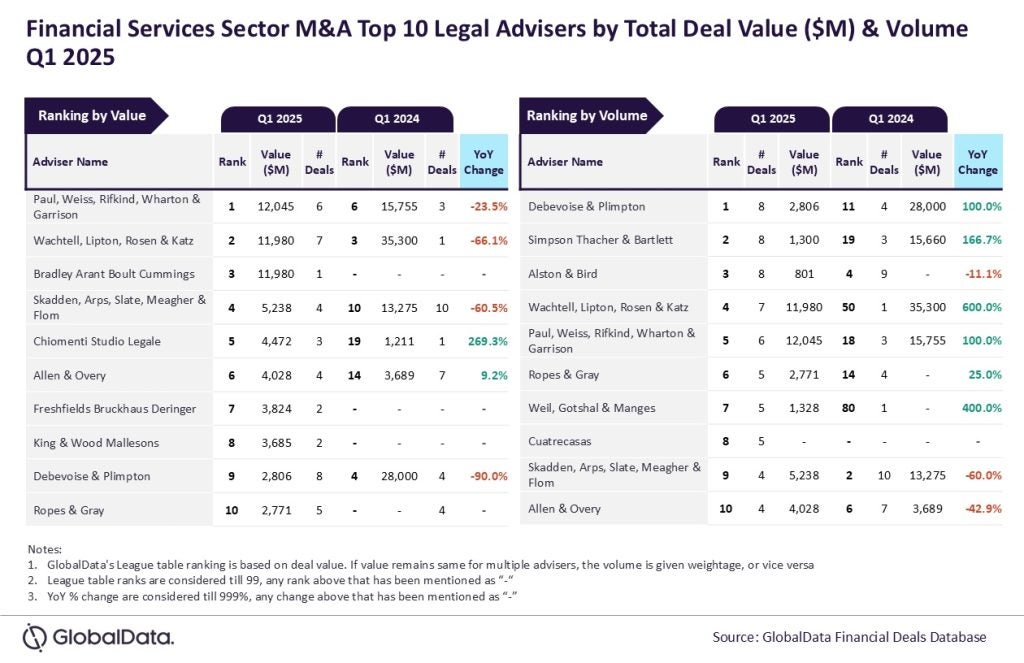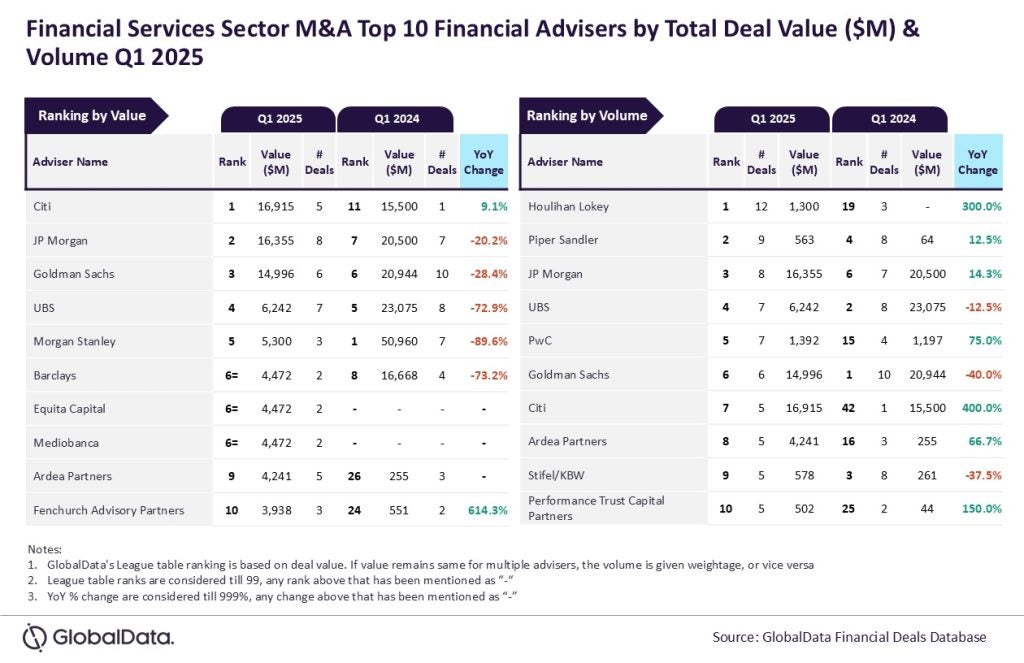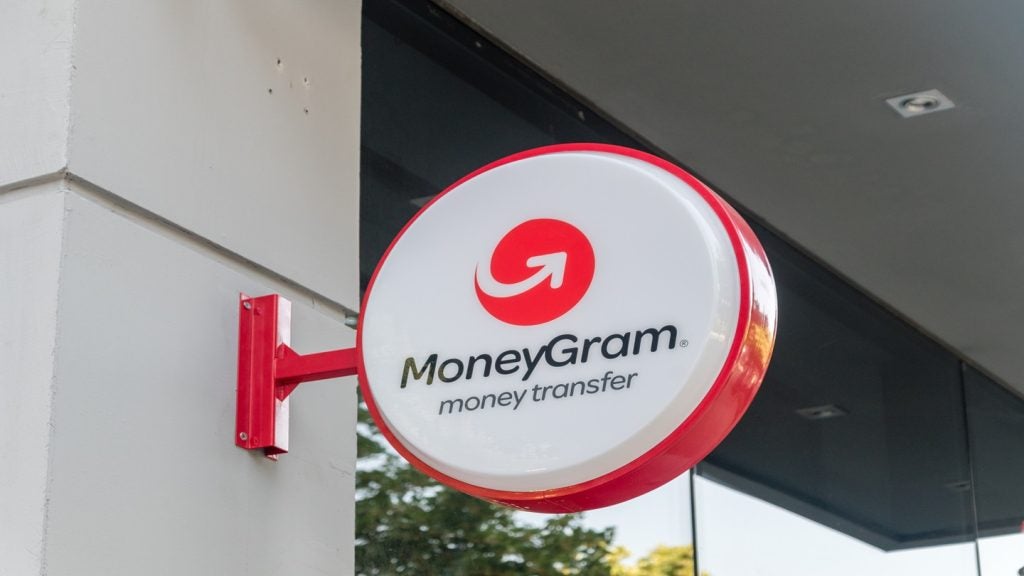Chase was the first US bank to hit 20 million mobile users in Spring 2015, and its customers’ monthly mobile logins surpassed web logins for the first time in August 2015. Robin Arnfield meets Gavin Michael, head of digital for Chase’s Consumer and Community Banking division, to discuss the bank’s strategy
In February 2015, Chase announced plans to close around 300 branches by the end of 2016, as part of a strategy of encouraging its customers to migrate to digital channels and of transforming its branches from transaction centres to customer relationship and advisory centres.
Speaking to investors in February 2015, Gordon Smith, Chase’s CEO, consumer and community banking, said the bank’s strategy is to ‘align banker and specialist staffing in branches with the opportunity; increase in-branch digital functionality to facilitate self-service; and invest in [Chase’s] mobile and online capabilities to enable customers to interact with Chase how and when they want’.
As at December 31 2015, Chase had reduced its total branches to 5,413 from 5,602 branches a year earlier.
“Over the last few years, Chase has been vocal about shrinking its physical footprint in favour of digital,” says Aite Group senior analyst David Albertazzi.
In April 2014, Chase launched its redesigned iPhone app, followed by the launch of its new Android app in September 2015. In June 2015, Chase launched Touch ID for its iPhone app, and in July 2015 launched its redesigned Chase.com home page.
Chase began rolling out its redesigned online banking site in early 2016, offering features such as the ability to see personalised messages about accounts and up-coming payments in one place, view all customer’s accounts on one page immediately after signing in, put most-used accounts front and centre, and search for information by asking natural-language questions.
RBI: What is driving your digital/m-banking strategy?
Gavin Michael: When we think about digital, we look at how to provide a holistic experience for our customers. What’s important to us that we offer simplicity and cohesiveness.
We want our customers to bank with us in a way that matches how they live their lives – to have a simple, personalised experience with a human touch. Their digital experience has to align with our other channels.
We have the notion of a cohesive interface so that our channels feel like they work together. So we start by putting the customer at the centre of everything.
We look at where and how our customers are transacting with us to see if there are better ways to do these transactions which will be of benefit to customers. A great example is the ability to scan cheques onto a smartphone so you don’t need to visit a branch to deposit cheques – and you get a better customer experience as well.
We know that our digitally-engaged customers are our best customers, and that they’re more likely to have Chase as their primary chequeing account provider than other types of customer.
What enhancements have you made to your digital offerings in terms of customer experience and of products/services?
One big thing we did in the new version of the Chase mobile app was to have the app say good morning, good afternoon, and good evening. Internally, we thought this was just a nice feature to have, but when we launched the new app, this was one of the most commented-on features – it’s a simple way for us to talk to our customers.
As part of our emphasis on simplicity, we’ve made it easy for customers to get summary information from the app, for example by using Touch ID or Account Preview – which provides one-swipe access to balances without the need to log-in on Android and iOS devices. During 2016, we will introduce fingerprint authentication for Android users, so there’s parity between our Android and iOS apps.
It was important that our app reinforces our sense of community, just as our branches and our branch staff do every day by playing a role in their local community. We do this in our app through geolocation, which means the app will look and feel differently and display a different photo depending on where you are at any moment. These photos aren’t just of landmarks, but all have a human touch and a sense of community.
We are rolling out the new version of the Chase personal online secure banking site, which includes videos and tools to help customers to perform financial tasks. The rollout will be completed in the first half of 2016.
As part of our strategy of cohesiveness, we took a lot of learning from the mobile app and added it to the online site.
Also, we want to make the other channels through which customers interact with us – for example, ATMs and call centres – feel more in tune with each other. We have great things lined up for 2016 in terms of improvements.
How do you benchmark your offerings against competitors?
One of our primary benchmarks is what are our customers telling us? We have an extensive listening program, whether this be through app store comments, through feedback directly from the website, or from our banker channels such as our call centres and branches.
We get very valuable feedback from customers on how they rate what we do, and have around 10,000 reviews in the app store.
We keep an eye on what our [banking industry] competitors are doing, but digital blurs industry boundaries.
Much as I would like to think the expectations our customers have about their banking experience are set by us, the reality is that they are being set by the other apps customers have on their phones and the other experiences they have access to on the Internet.
When we look at design issues and removing friction from the customer experience, we’re focused not just on what our traditional customer base is doing, but also on how the industry and the design language is evolving around us – as this is where our customer expectations are being set.
Are there specific needs relating to millennials being addressed by digital?
We think that being mobile-first and thinking extensively about how we align around the mobile environment is important
for millennials.
Of course, millennials are very active on our mobile channel. But when we look at our customers’ use of digital, we see they are interacting with us digitally across all demographics. So our focus is to create a holistic cohesive digital customer experience that is modern and evolves with the technology as the technology evolves.
As soon as Touch ID became available and other app providers start to offer it, our customers told us loud and clear that they wanted Touch ID in their banking app.
How are customer service expectations evolving?
Customer expectations are focused on getting very small, quick and iterative app updates, and we’ve been able to take advantage of this. Customers are attuned to downloading new apps from the app store. So we use new updates as a way to celebrate our improvements with our customers.
Customers don’t just compare us to other banks’ apps and websites. They look across the apps sitting on their phone and say they want their mobile banking experience to look like their other apps.
We have been able to attract design talent to Chase from across the digital industry. Our head of customer digital experience is a former SVP of design at Yahoo, and we have people from the design agencies, from Huffington and from other Internet companies – an eclectic mix of talent that brings to the table the breadth of experience needed to work in this new world.
What are the measures of success for Chase in digital?
A key measure of success is feedback from our customers. We listen to them via app store ratings on both the Android and iOS platforms, feedback on our site, and social media.
We were the first US bank to surpass 20 million active mobile users in Spring 2015, and in August 2015 mobile interactions surpassed online web logons for the first time.
Giving customers easy account access via Touch ID has been popular, as people want to see their balance at any time. Our iPhone app was in the top 100 of all apps in the Apple app store for 271 days in 2015, and our highest position was 48. Also, we had the number one app in the finance category for 324 days in 2015 in the Apple store.
We also measure our success around usage and growth. For example, we look at the number of digital (mobile and online) users we have – currently 40 million across JPMorgan Chase. Customers use our services several times a week and even several times a day. Chase.com is most visited bank website in the US, with 33 million website users.
What about links to social media?
We are a big user of social media channels, as they help us with marketing and also reinforce our digital message. We converse with customers through Twitter which is a real-time listening post for customer service and marketing.
We use Facebook to create opportunities and for advertising as well as customer service, Instagram to inspire and to humanize our brand, Pinterest to provide content that drives customers to Chase.com so they can see how they can use the services we have to offer, LinkedIn to recruit through thought leadership, and YouTube to share how we think and tell stories through video content.
We broadcast through Periscope [owned by Twitter]. Our Twitter news feed now contains live videos using Periscope, and people can ask questions and interact with us while we are doing live videos.
Analyst comment: David Albertazzi, Aite Group
“Chase’s decision to redesign its online site to mimic its mobile app so it has the same usability and navigation as the app, is indicative of a new trend,” says Aite Group’s David Albertazzi.
“It used to be that mobile apps took elements from the online channel, and now it’s the reverse.
“Chase has realised that consumers tend to gravitate more and more to mobile, so by offering a consistent experience and responsive design across its mobile and online platforms, it is able to streamline its online site.”
As of 31 December 2015, Chase had 228 million active mobile users, up 20% year-on-year, having surpassed 20 million in spring 2015 and 16 million in 2013:
- In August 2015, Chase’s mobile interactions surpassed monthly web logins for the first time. New features such as Account Preview and Touch IDs are driving the increase in Chase customers’ mobile interactions;
- Chase Mobile App for iPhone was in the Top 100 in the iPhone store for 271 days in 2015. Chase Mobile was also #1 in the iPhone store’s finance category 324 times in 2015, and
- Based on feedback from customers, Chase now allows app users to view images of deposited cheques as well as deposit and withdrawals slips on their phones. They can also view statements from their investing, auto loans, home equity lines and loans.
As of 31 December 2015, Chase had 39.2 million active online users, up from 36.4 million a year earlier.
In the fourth quarter of 2015, 72% of all new credit card accounts, excluding commercial card accounts, were acquired online, up from 62% in the fourth quarter of 2014.
The number of digital users (mobile and online) across JP Morgan Chase is now 40 million.
Chase.com is the most visited banking site in the US, according to Compete.com, with over 33 million web users.
QuickPay
- 30 million QuickPay person-to person transfers were completed via mobile in 2014, up 80% from 2013, and
- QuickPay delivers over $1bn in transactions a year.
The QuickDeposit remote deposit capture service went live in July 2010:
- It was used 45 million times in 2014, and
- Deposits rose by 30% in 2014.
Mobile Bill Pay was up 30% in 2014 and was used over 60 million times in 2015.
Since November 2015, Chase’s Visa cardholders have been able to use the Samsung Pay mobile payment service.
Chase also supports Apple Pay.
In mid-2016, Chase will launch the Chase Pay app, online, and POS m-payment service for credit, debit and prepaid card customers.
Chase Pay, which is a closed-loop QR code-based system, will be accepted at US retailers which belong to the MCX (Merchant Customer Exchange) consortium.







